COME LIVE WITH ME LIVING THE HISTORY OF A BALLAD: Christopher Marlow's "The Passionate Shepherd to His Love"
Ballad Printing History
1599
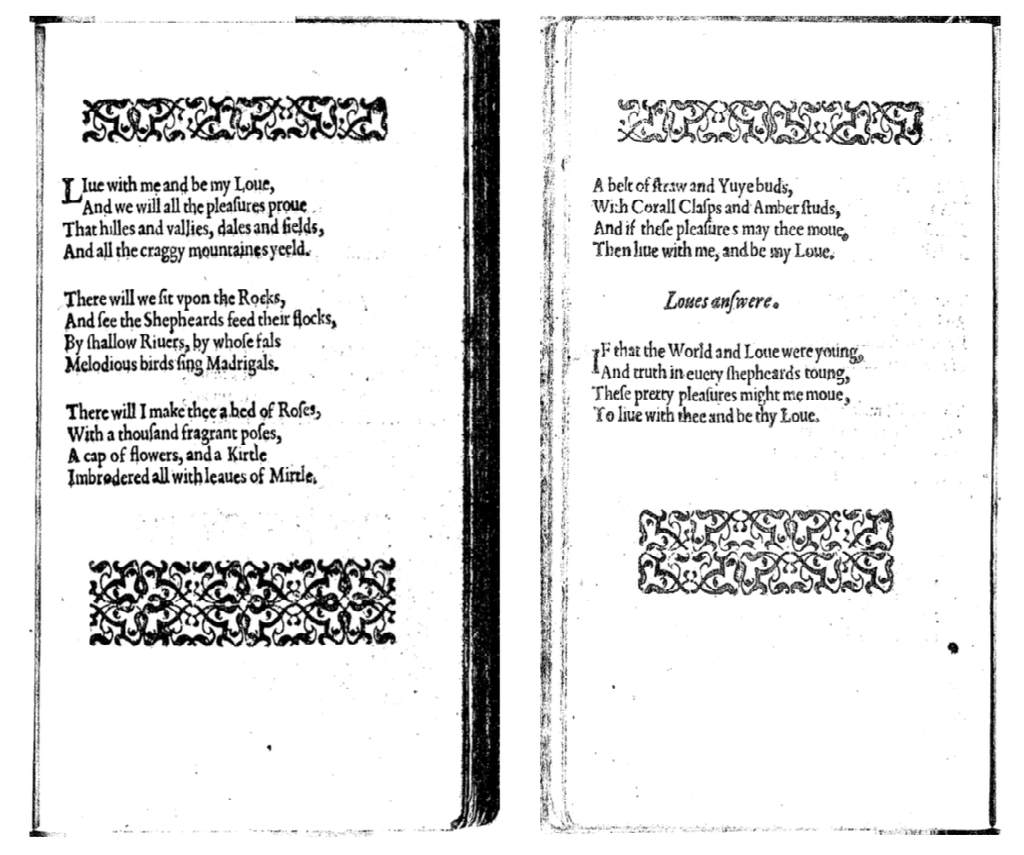
First known printing in the The Passionate Pilgrim by W. Shakespeare, 1599
1600
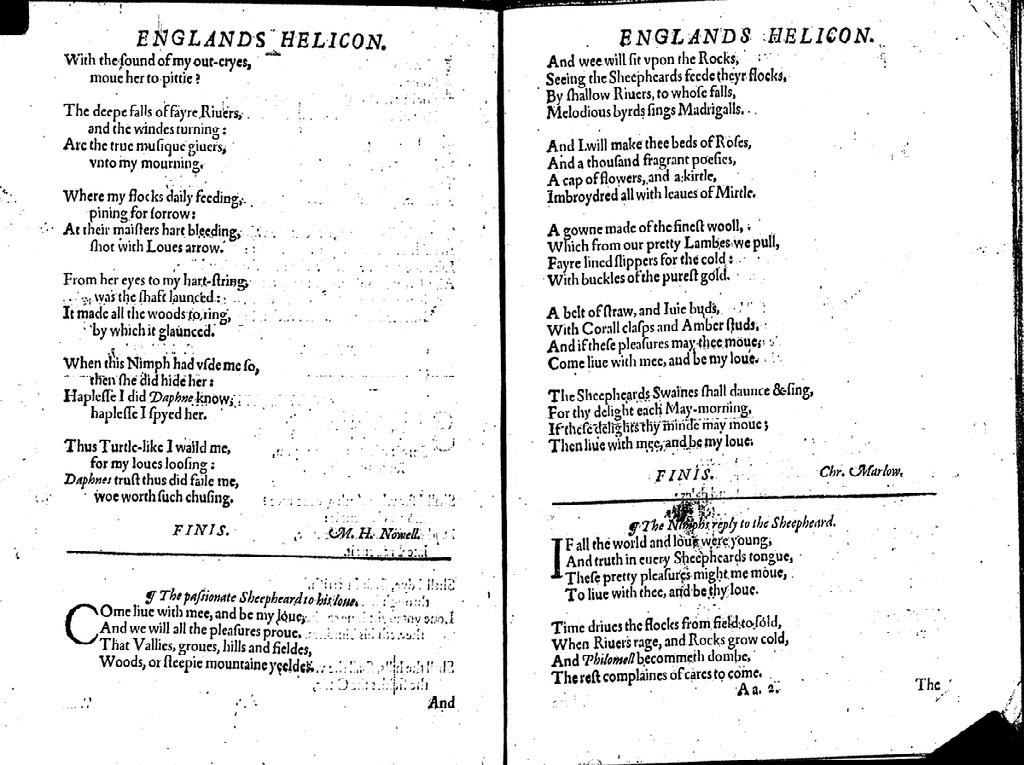
Printed in England’s Helicon
The word "Come" did not appear in the poem until 1600 when the poem, as well as the reply, were printed together in the England's Helicon -- an anthology of Elizabeth pastoral poems compiled by John Flasket
1619-1625
The only surviving print of the broadside ballad was collected in the Book of Roxburghe Ballads.
While the poem in the Passionate Pilgrim only has a short stanza for the "answer," the broadside ballad presents the reply, attributed to Sir Walter Raleigh, in its entirety.
Tune History
1612
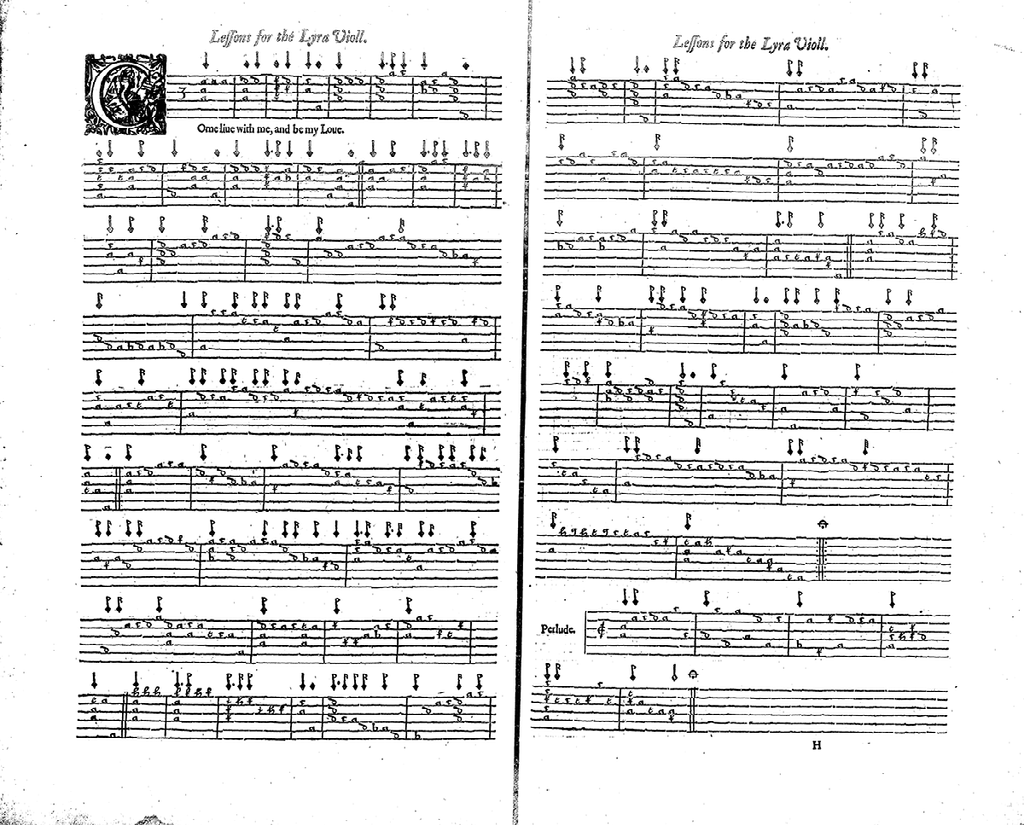
The tune "Come live with me and be my love" by William Corkine is published in his "Second Book of Ayres" (1612)
1778
Another tune for Marlowe's ballad 'found' by Sir John Hawkins

Responses, Replies & Compositions
1600
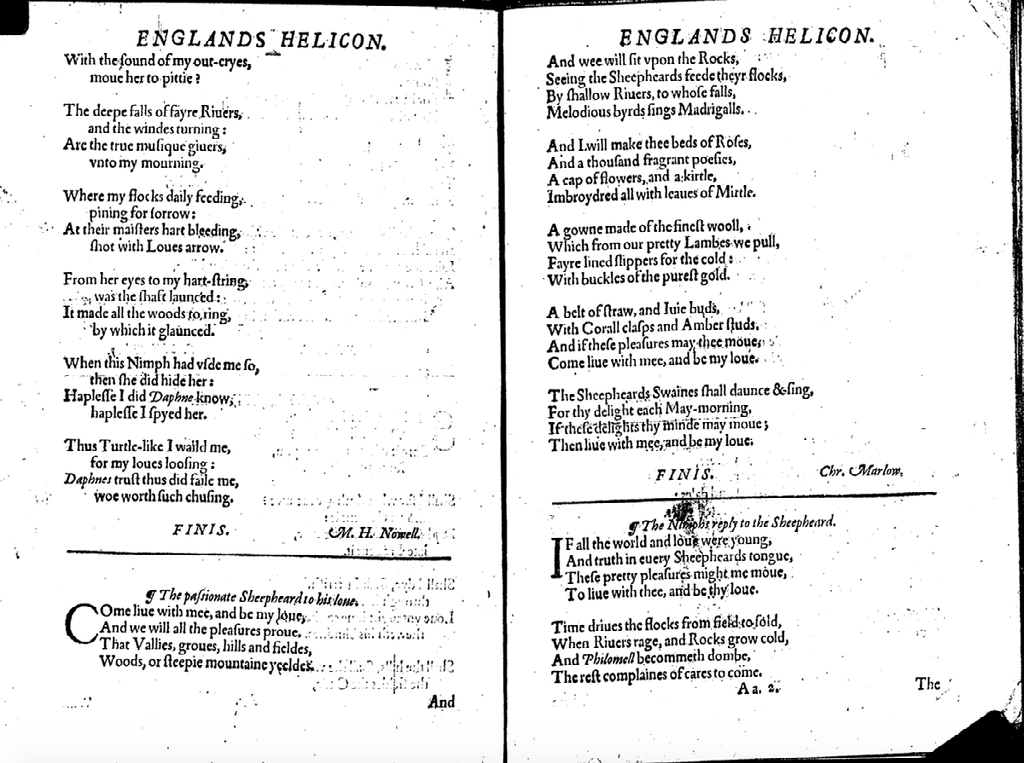
Under the title of "The Nymphs Reply to the Sheepheard."
Signed Ignoto and not Sir Walter Raleigh.
1633
John Donne's “The Bait”
1883
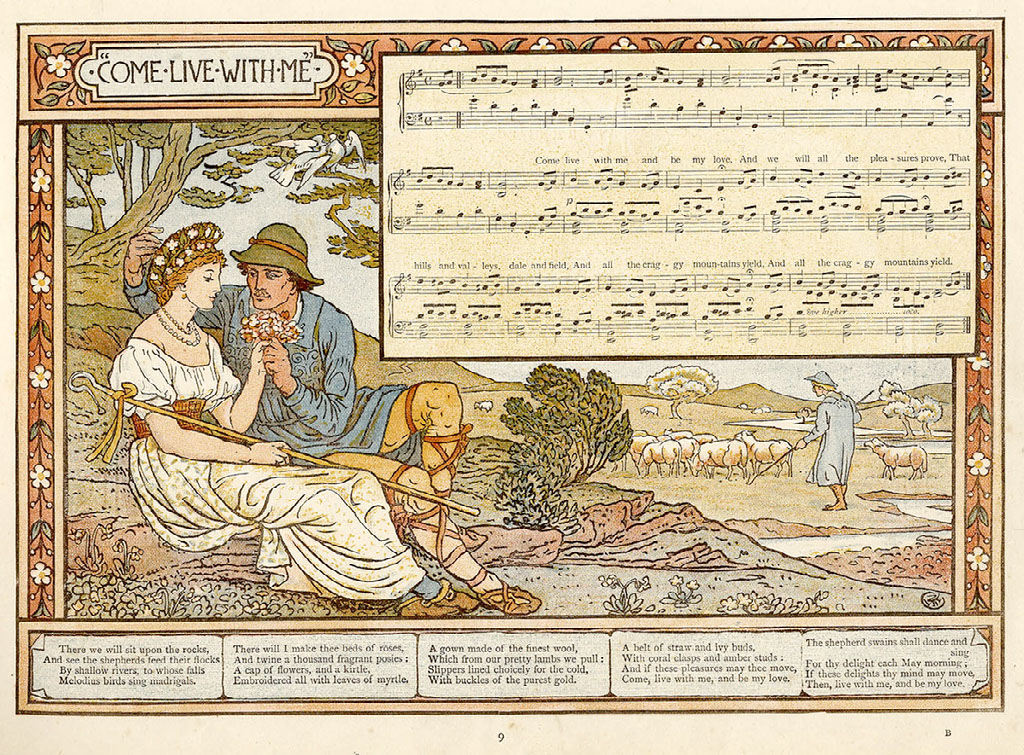
1935
Cecil Day Lewis “Come Live with Me and Be my Love”
1941
Composition by J.L. Hatton of Come Live With Me used in “Come Live With Me”
1957-59
Diane Di Prima, “The Passionate Hipster to His Chick” from Earthsong: Poems 1957-1959
1976
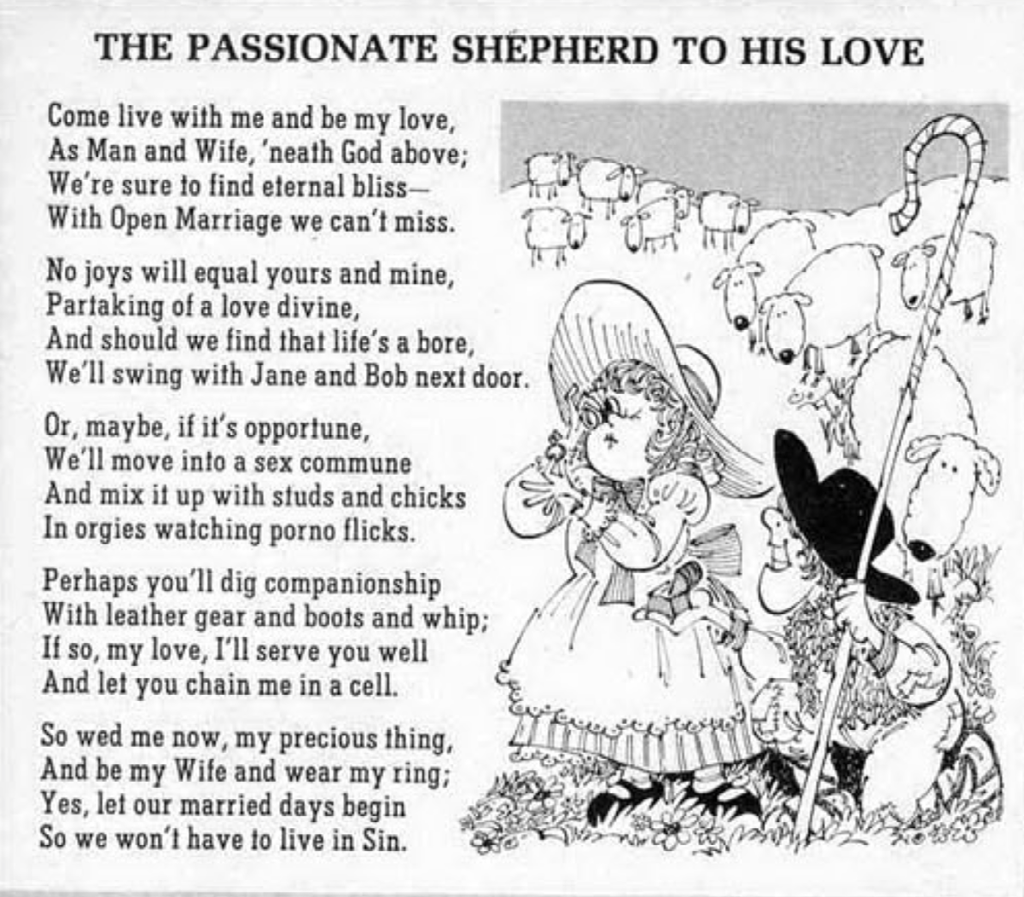
Frank Jacobs, “Passionate Shepherd to His Love” from Great Poems Rewritten to Reflect the Freaky, Greedy, Rotten World of Today, MAD #181.
1995
From Richard III, Trevor Jones & Stacey Kent “Come Live With Me”
2002
2015
Ortberg, Mallory. Christopher Marlowe’s ‘The Passionate Shepherd’ Is The Most Frequently Owned-Upon Poem In History
Created for
Come Live With Me: Living the History of a Ballad
This timeline was made as a part of Come Live With Me: Living the History of a Ballad, a site dedicated to the study of the poem and the broadside ballad of Christopher Marlowe’s “The Passionate Shepherd to His Love” using a range of multimedia and interactive tools. You will learn about the printing history of Christopher Marlowe’s poem, its many literary lives, and the responses it continues to inspire.
Whether you are familiar with Marlowe’s work or have just begun your journey, this site will guide you chronologically through the history of Marlowe’s poem and its relevance today.